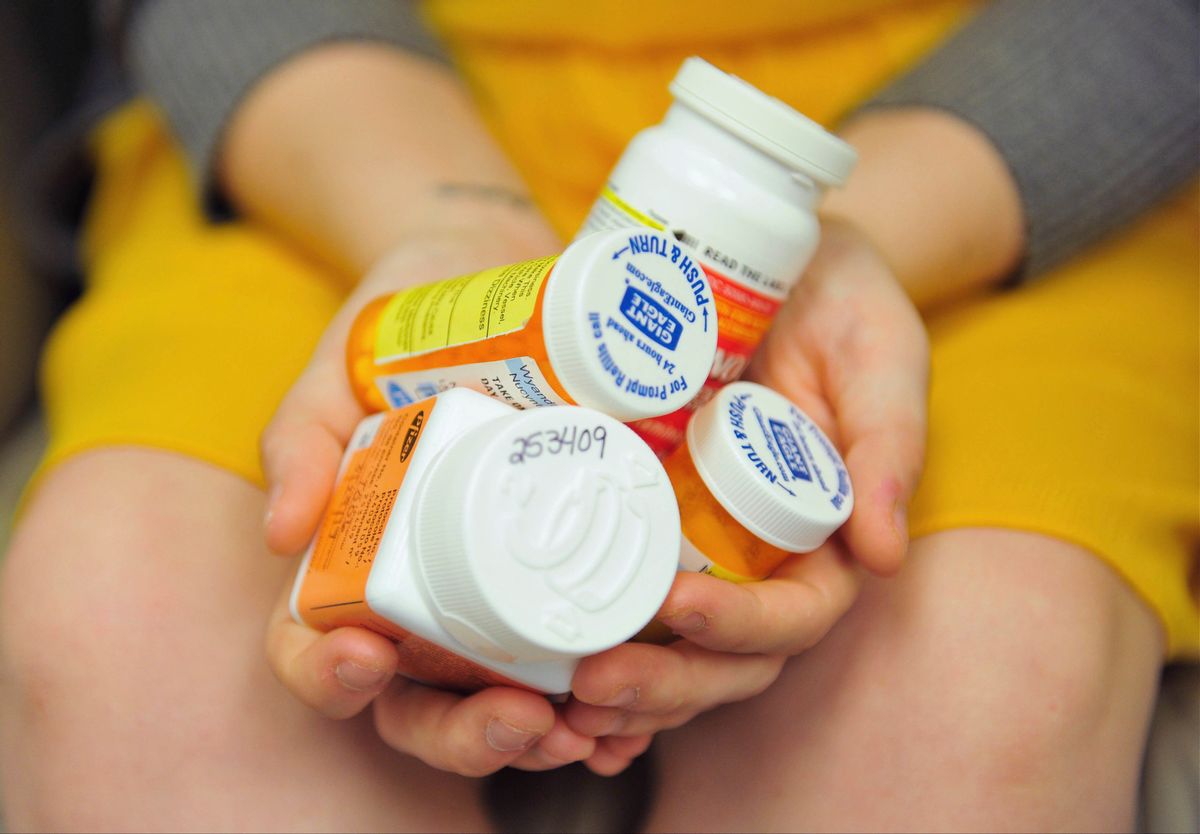As everyone today knows, opioid narcotics like fentanyl, hydrocodone, hydromorphone, morphine and oxycodone have created a toxic epidemic in the United States with at least 100 daily overdose deaths. This happened because Pharma paid off doctors, medical associations and federal lawmakers to loosen opioid regulations.
There was a reason narcotics were traditionally limited to severe pain cases, not "everyday" pain — they are addicting and can kill, as we are now seeing. But Pharma — especially the Sackler family's Purdue which makes OxyContin — banked on the fact that younger doctors and patients did not remember why narcotics were so heavily restricted. They were right.
As new Pharma-driven prescribing guidelines were drafted and the industry-appeasing FDA waved new pills and patches through despite daily deaths, brazen "pill mills" and "Oxy docs" popped up, as did legions of addicts. Soon "opioid addiction" treatment clinics popped up to play the other side of the street — the addictions caused by the pill mills — further enriching Pharma.
Not only can narcotics like the popular OxyContin, Vicodin, Percocet and the fentanyl patch lead to coma, respiratory depression, shock, pulmonary edema and death, but studies suggest they can increase a body's sensitivity to pain and make pain worse —a phenomenon called opioid-induced hyperalgesia. The drugs also cause constipation, hormonal derangement and negative mental changes.
The label on Purdue's OxyContin says "WARNING: ADDICTION, ABUSE AND MISUSE; LIFE-THREATENING RESPIRATORY DEPRESSION; ACCIDENTAL INGESTION; NEONATAL OPIOID WITHDRAWAL SYNDROME; CYTOCHROME P450 3A4 INTERACTION; and RISKS FROM CONCOMITANT USE WITH BENZODIAZEPINES OR OTHER CNS DEPRESSANTS."
Many opioid addicts began their downward spiral with opioid prescriptions they should never have been given for chronic pain. Unlike acute pain, chronic pain should seldom if ever be treated with opioids, but thanks to the short-term pill approach of our health care system, it usually is. The cost to society of the opioid epidemic in crime, disability, treatment of addiction and overdoses, lost wages and of course deaths has yet to be fully calculated.
"The problem is, patients are started, develop tolerance, need a higher dose, get tolerant to the higher dose, use more than prescribed, ask for early refills, get switched to a 'pain management specialist,' who if they violate the pain contracts, get fired, discharged, and then they go to the street for the opioids," says James O'Donnell, a pharmacology professor at Rush University in Chicago.
The following medical case from a pharmaceutical textbook shows just how dangerous opioid drugs can be, whether derived naturally from poppies or created synthetically by chemists:
"A 35-year-old divorced male school teacher and wrestling coach in a southwestern state was seen by a sports medicine specialist. He had complained of chronic low back pain, and he had been taking hydrocodone/acetaminophen for the pain. The sports specialist was concerned about acetaminophen toxicity, and prescribed 'low dose' methadone, 10mg twice daily, and discontinued the hydrocodone/acetaminophen. The next day, he stayed at his parent's home. He was very drowsy, sleeping on and off most of the day, and went to bed early. In the late morning of the third day, his mother was unable to awaken him. He was declared dead by EMS."
Trump has announced a national public health emergency over opioids for a scourge created by Pharma. When the extent of damage from cigarettes was revealed, Big Tobacco agreed to cease advertising and to pay, in perpetuity, various states to compensate them for some of the medical costs of caring for persons with smoking-related illnesses. Like Pharma, Big Tobacco said cigarettes "weren't addictive."




Shares